Part 2: "Reimagining Faith, Hope, and Love"
This unplanned part 2 includes a response from Fr. Christopher Renz, O.P., Blackfriars gallery director, about Lanino's work—which launches an interesting new topic: What is the via pulchritudinis?
Fr. Christopher Renz, O.P., is the director of the Blackfriars Gallery. When he came across a conversation Justyn Zolli and I had on Facebook, discussing Deborah Lanino’s show at the gallery, he’d commented with an offer to help. So, I emailed him a few questions on December 13. I only received his answer after I had already published the previous article here:
CR: I realized I have not responded to your email. This was the last week of our semester and I was overloaded with school tasks.
RTS: Perfectly understandable! What appeals to you about Deborah’s artwork?
CR: There are several levels of appeal to Deborah's artwork.
“The purpose of having an art gallery at a seminary like the Dominican School of Philosophy & Theology is to promote the cultural aspects of our faith and what is referred to as the Catholic imagination. Creating an environment that is suffused with beauty is a key tool in this regard. We do not require that the art be Catholic or even necessarily Christian, so long as it does not speak against either. We have offered several exhibits of non-Christian and contemporary "abstract" art. Beauty has the capacity to induce awe and wonder. These, in turn, can stimulate an awareness of the need for accommodation of one's own current understanding, opening one up to the possibility of transcendent experiences, that is to say, an encounter with God. The document Via Pulchritudinis specifically addresses the power of art and beauty in this way. To that end, Deborah's art is beautiful.”
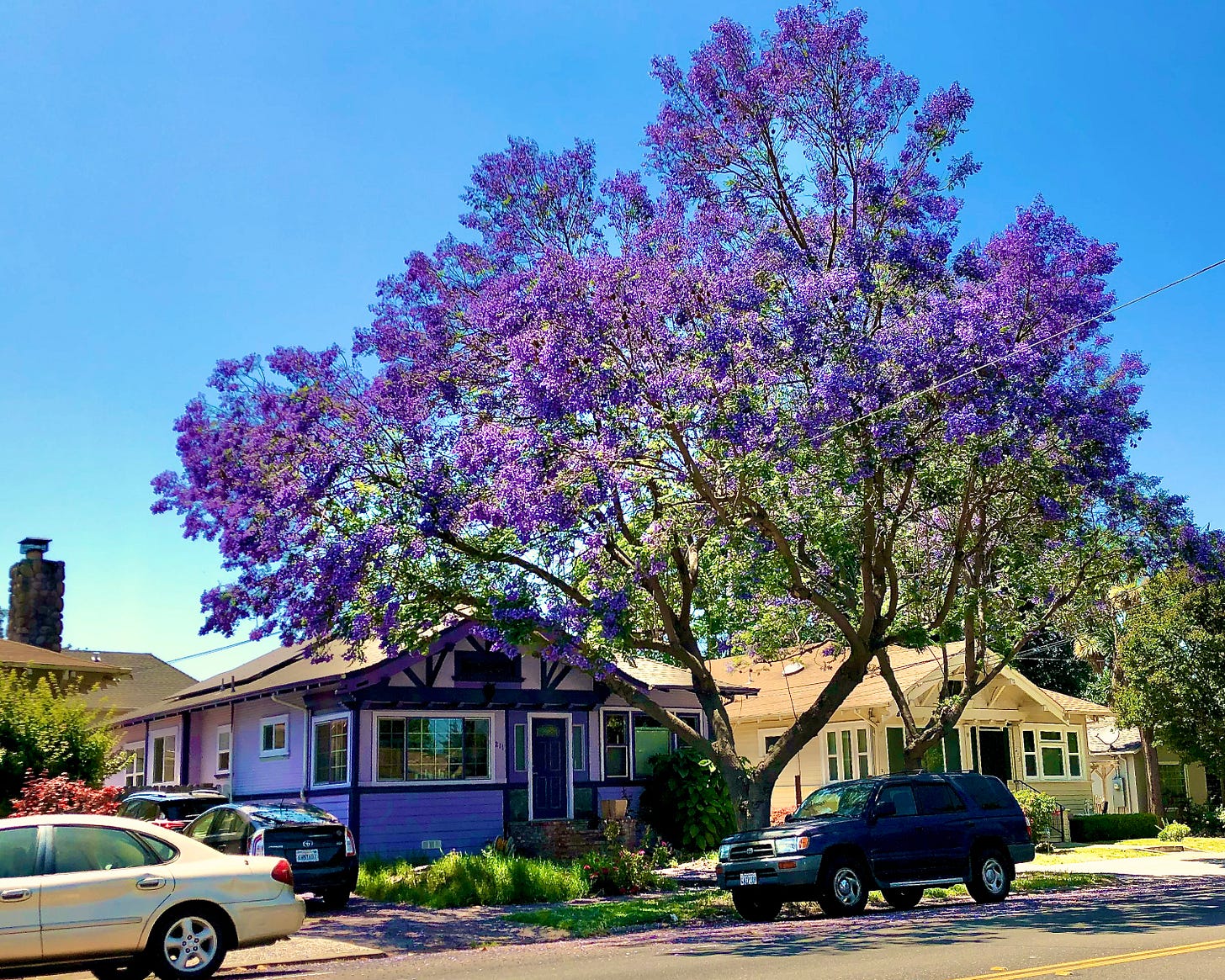
Digression from me:
Pope St. John Paul II was the creator of the Pontifical Council for Culture. In 2006, during the papacy of Pope Benedict XVI, the Pontifical Council for Culture met to discuss the Via Pulchritudinis (the way of beauty)—and how it could become a "pathway for evangelization and dialogue." You can read the concluding document here. That is the document to which Fr. Renz referred.
“It speaks of the ‘privileged role’ of art as a tool for evangelization, recognizing that Christ is the ultimate via pulchritudinis. Because genuine art introduces us to Beauty (the Transcendental), it introduces us to the Incarnate Son, who is Divine Beauty made manifest in human form. He is ‘the way, the truth, and the life.’—Fr. Renz
In Evangelii Gaudium (The Joy of the Gospel), Pope Francis also wrote about the via pulchritudinis, reaffirming some thoughts about the importance of the arts and the role of beauty in evangelization that are found in the writings of his predecessors, St. John Paul II in his Letter to Artists and Benedict XVI in his various talks and writings.
Following is a quote from Pope Benedict (from Art and Prayer, Wednesday, 31 August 2011).
“Today I would like to reflect briefly on one of these channels that can lead to God and can also be of help in the encounter with him. It is the way of artistic expression, part of that “via pulchritudinis” — the “way of beauty”, of which I have spoken several times and whose deepest meaning must be recovered by men and women today. . . .
“A work of art is a product of the creative capacity of the human being who in questioning visible reality, seeks to discover its deep meaning and to communicate it through the language of forms, colour and sound. Art is able to manifest and make visible the human need to surpass the visible, it expresses the thirst and the quest for the infinite. . . .
“[M]any pictures or frescos, fruits of the artist’s faith, in their form, in their colour, in their light, urge us to think of God and foster within us the desire to draw from the source of all beauty.”
Back to my second question for Father Renz.
RTS: “What appeals to you about Deborah Lanino’s work?
CR: “The diversity of subjects she chooses is quite appealing because it allows the viewer to see connections between religion —in her case Catholicism —and the experiences of everyday life. The development of a Catholic imagination requires ongoing experiences with the symbols of the faith not only in their ritual context but also in their "ordinary" context. These connections also help the imagination to expand beyond the immediacy of the motif to the world at large. Take, for example, the motif of the crucifix as it becomes understood in Catholic art as the "Tree of Life." Once this connection seeps into the Catholic imagination then there is a way to value all trees in and of themselves - as "instruments of salvation." They facilitate that connection in the Catholic imagination. Deborah has several pieces related to her encounter with trees. For viewers who are open to accommodating new perspectives, these pieces can activate the imagination and call forth a variety of stories from our cultural heritage.”
The Cross
By Deborah Lanino
“The Greek Cross series features abstract paintings that evoke contemplation, transcendence and spirituality. This series of paintings signifies hope for a better future and the possibility for change. When times are dark, there is a tendency to want to just give up. . . . This series was painted during the pandemic and it signifies hope for a better future. In these works, there is a composition based on the Greek Cross, that is orderly where priority is given to the whole over its parts giving the work a sense of unity. The term Greek Cross designates a cross with arms of equal length, as in a plus sign. . . . This series of grid paintings uses old masters techniques such as chiaroscuro, glazing and sfumato, and are painted with a contemporary palette and design that invites the viewer to find beauty, hope and positivity in everyday moments.”
Note from Deborah Lanino.
“I have the original art from The Littlest Angel [RTS: which she illustrated], as well as a few limited edition prints from that book available for sale. The artwork on my website deborahlanino.com is also available for sale. If anyone is interested in purchasing any of my work or in arranging a commission, please have them contact me through my email: deborahlanino@gmail.com.”
Also from Deborah, a correction to my earlier post: Bernadino Lanino was not a Tuscan painter. He was from the Piedmont region.
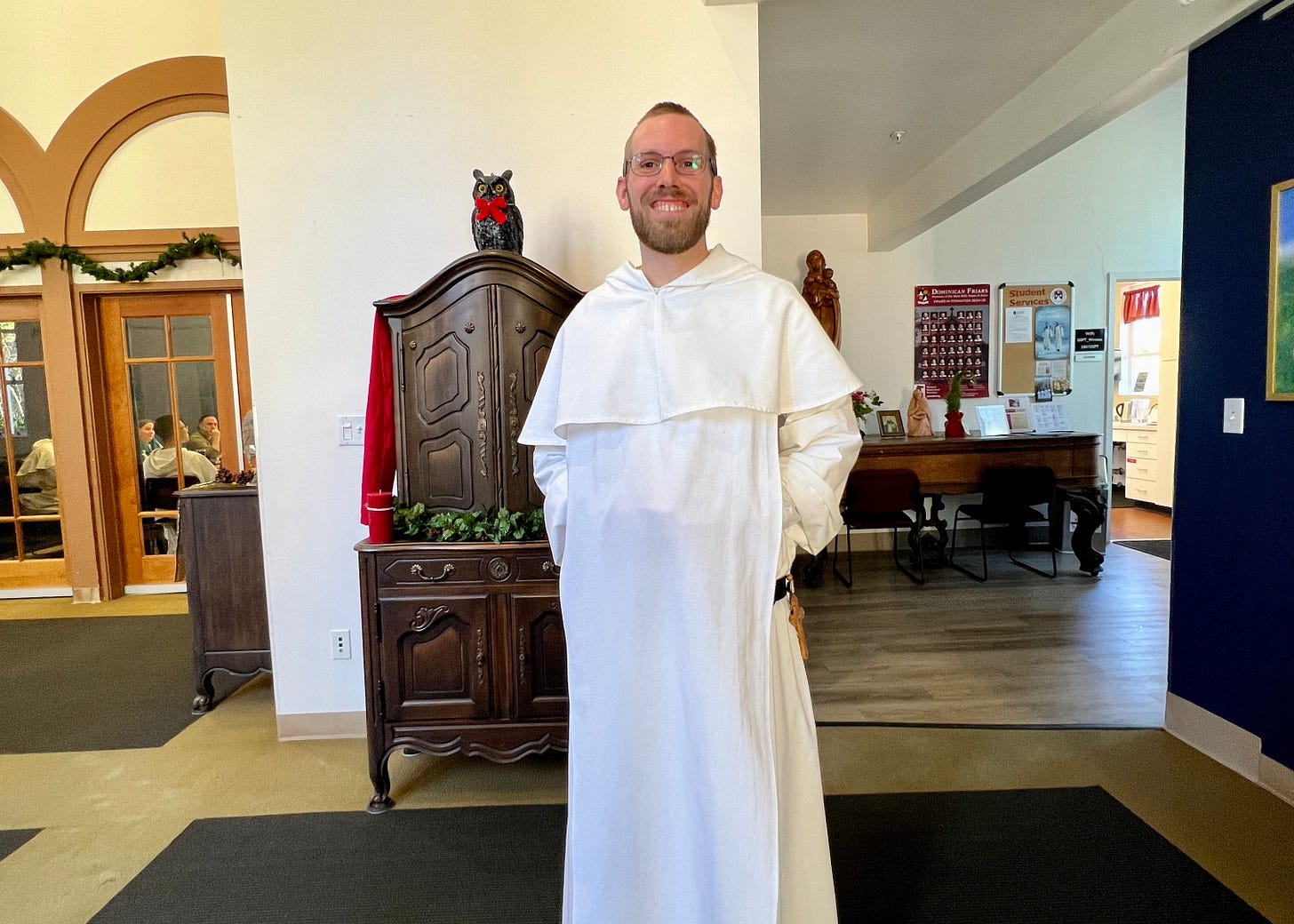
Tips are appreciated! Another option to help support my work: if you click the Subscribe now button below, you can either subscribe for free (if you’re not already a subscriber), or switch to a paid subscription.
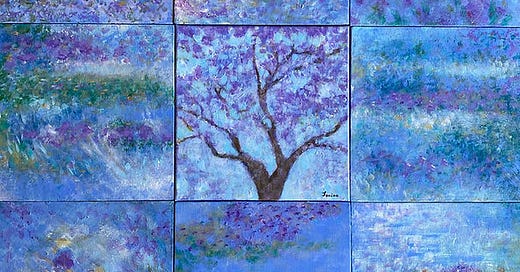



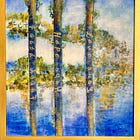
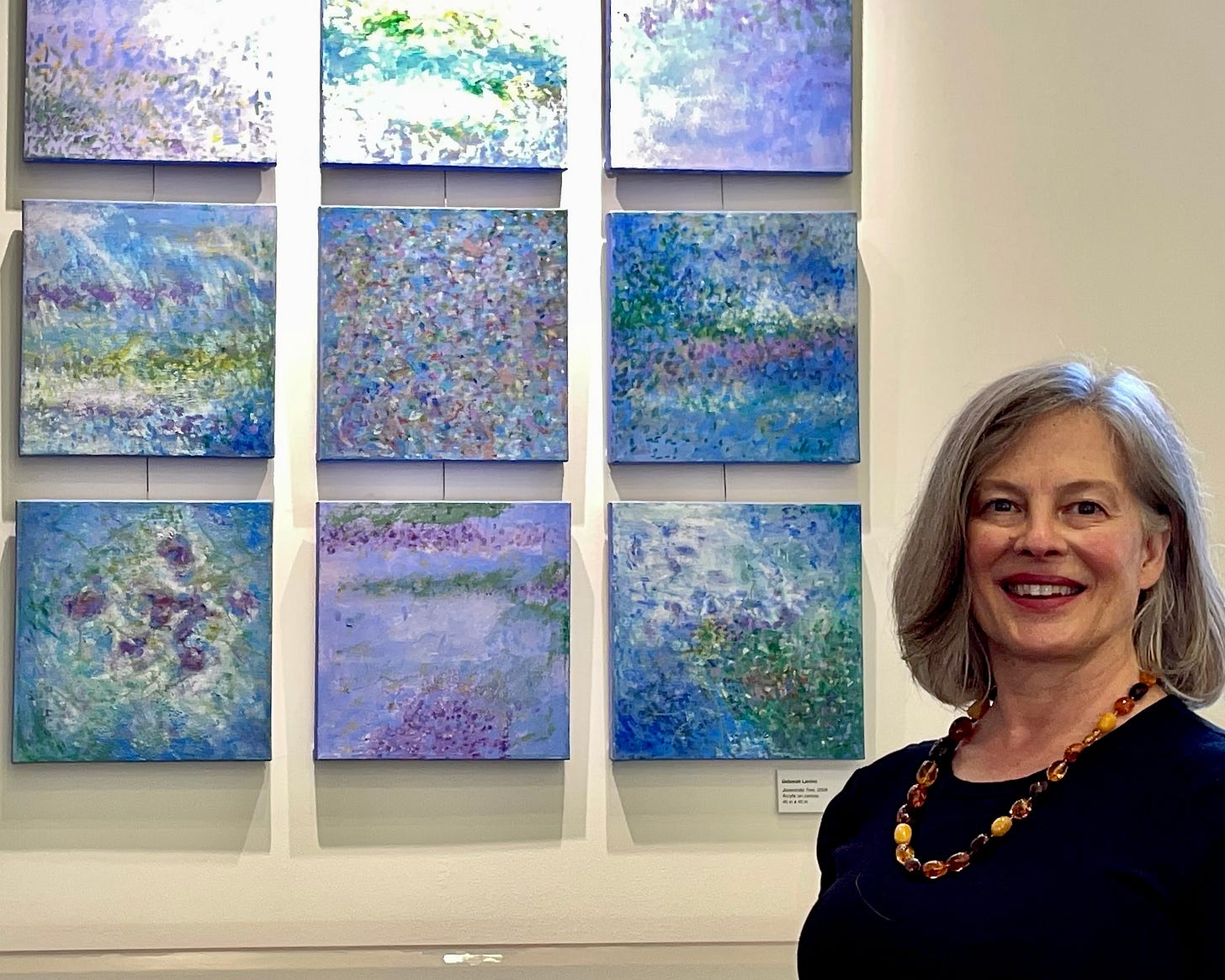

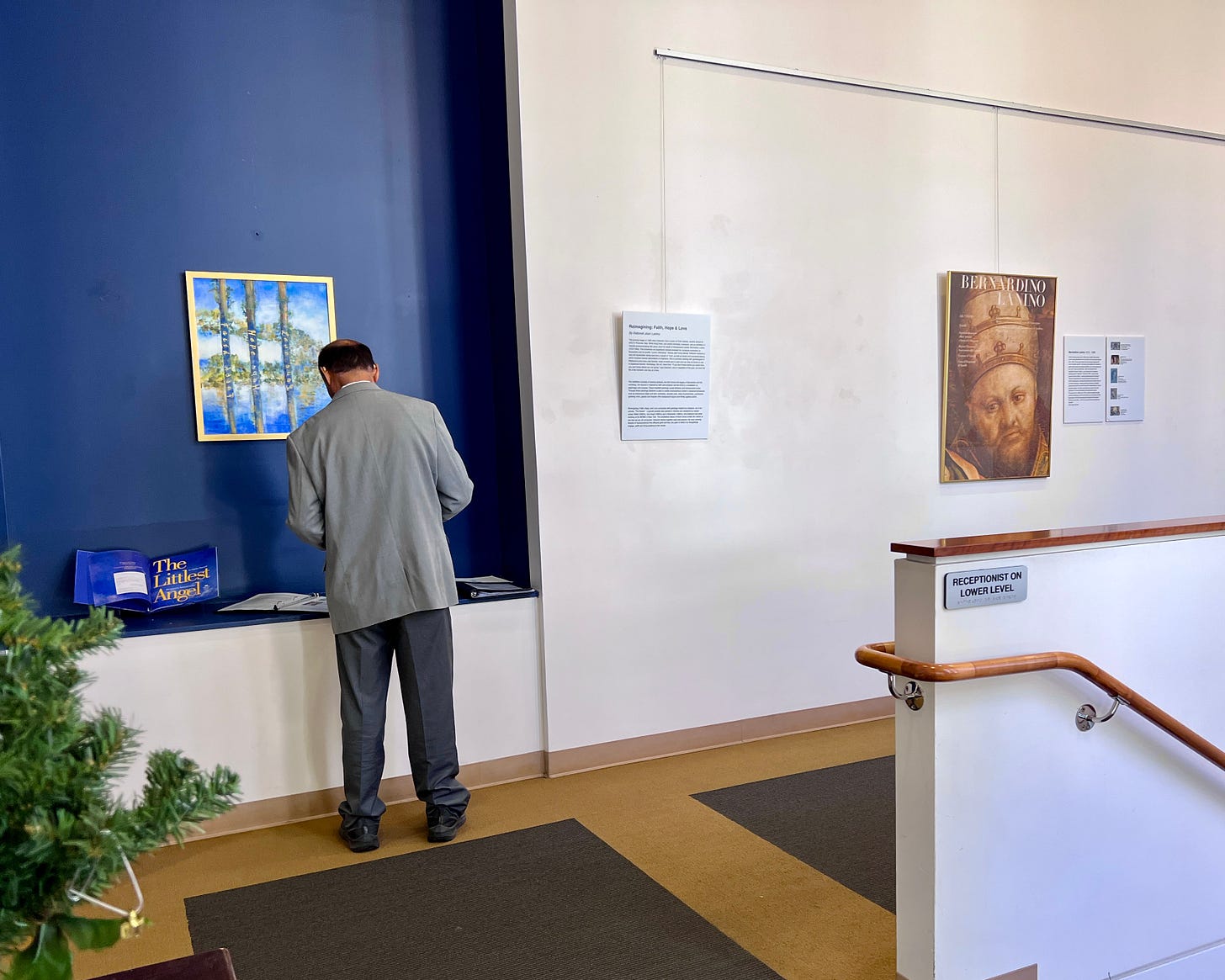
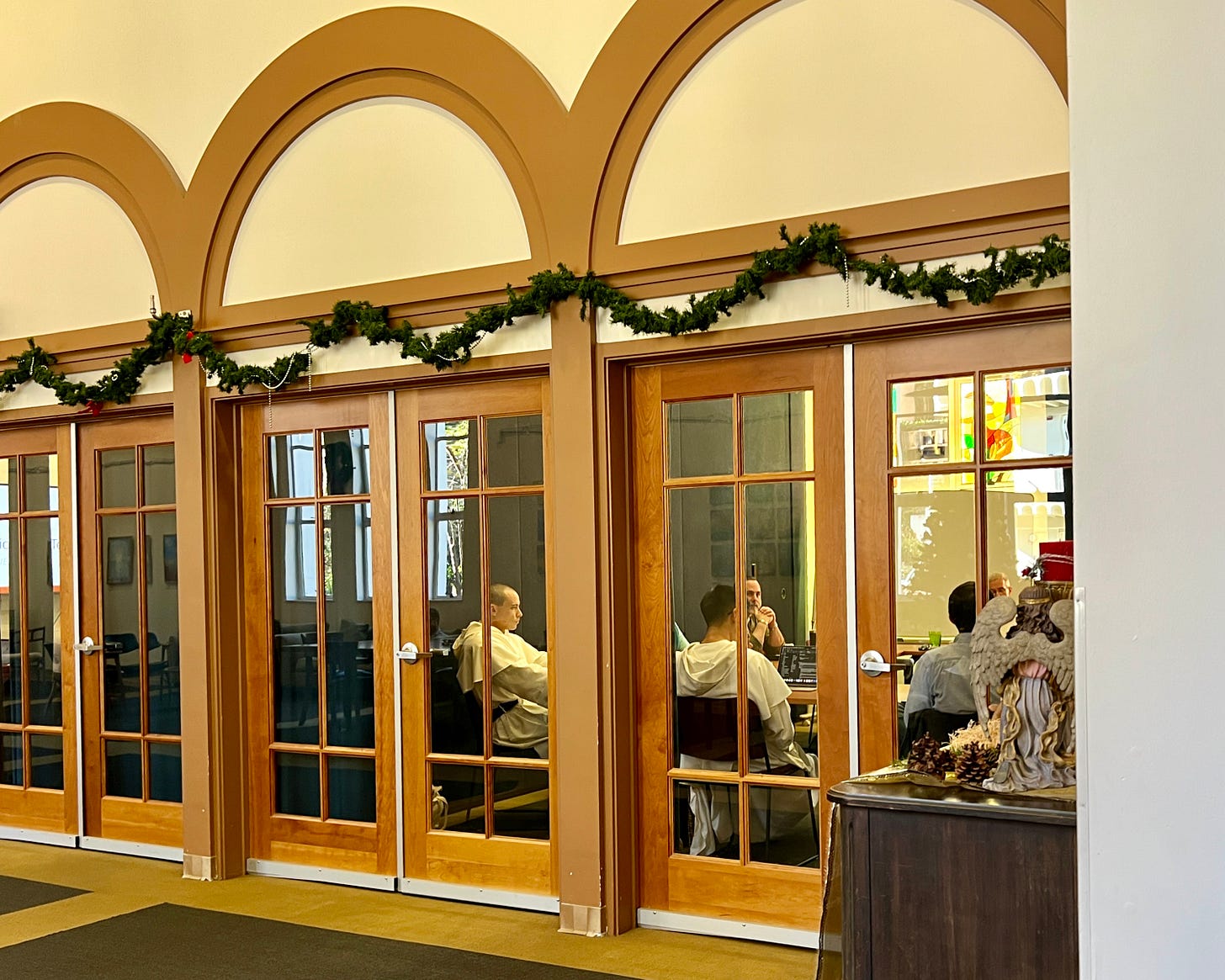
From email:
Dear Roseanne,
Thanks for your lovely "Part 2" discussing the Via Pulchritudinis and other relevant documents.
Blessings
Fr. CR
Thank you Roseanne and thank you Fr. Chris for these lovely posts.